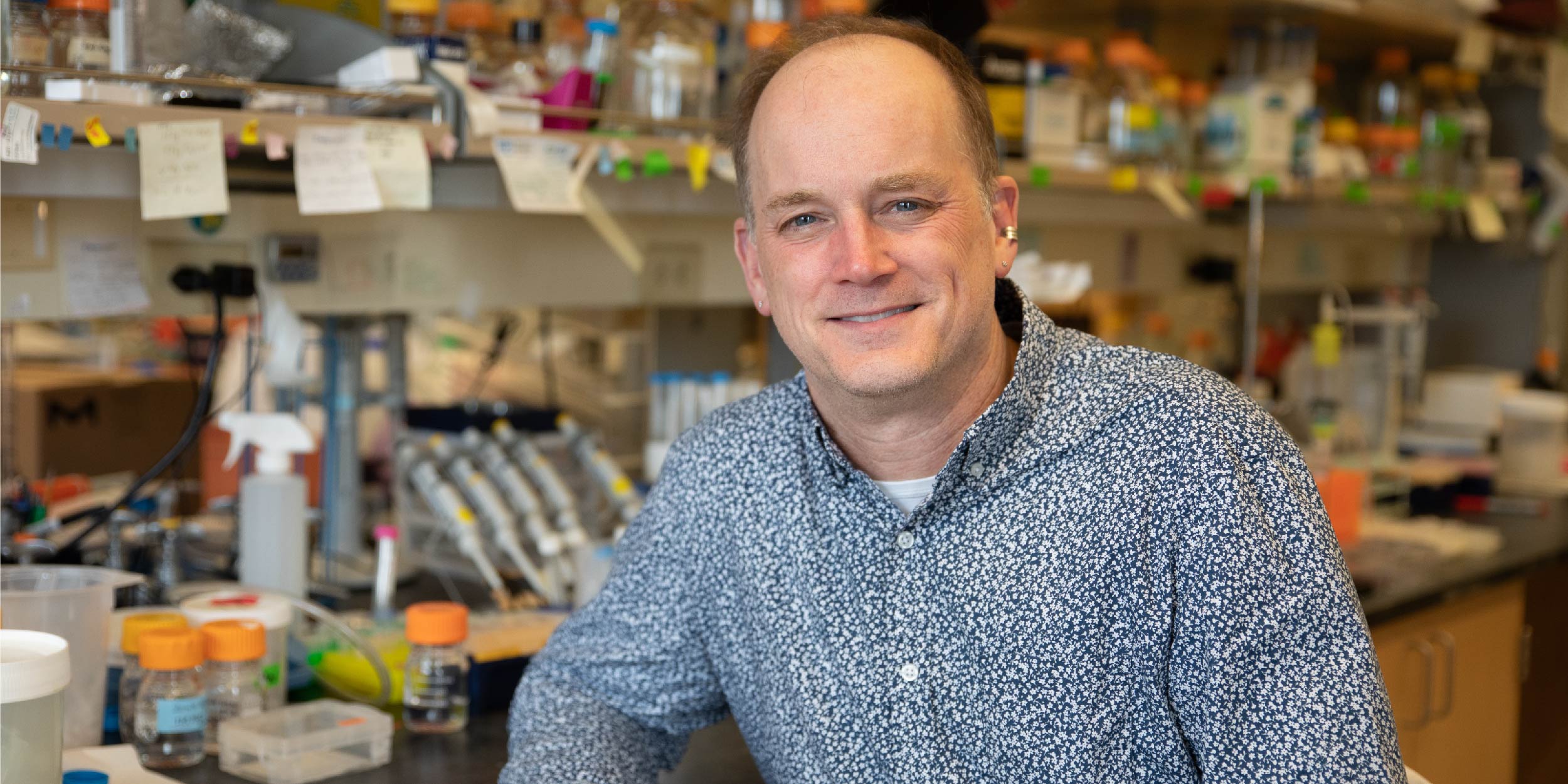Unlocking the Secrets of Cell Movement: Purdue Researchers Reveal Key Protein Mechanisms
07-15-2024

Purdue University researchers have unveiled crucial insights into the mechanisms that enable cell movement, discoveries that could pave the way for new treatments for cancer and inflammatory diseases.
The research team, led by John Tesmer with significant contributions from Qing Deng, both professors in the biological sciences department, focused on the protein PI3Kγ, a key player in cell signaling pathways that govern immune responses and cancer metastasis.
The Role of PI3Kγ in Health and Disease
The research, published in Nature Structural and Molecular Biology, explored PI3Kγ, short for phosphoinositide 3-kinase gamma, is a protein that helps cells respond to external signals, guiding immune cells to sites of infection. Understanding how PI3Kγ gets activated is vital because when this process goes awry, it can lead to uncontrolled cell movement, contributing to the progression of diseases like cancer and chronic inflammation.
"Our goal was to uncover the exact mechanisms by which PI3Kγ is turned on," said Tesmer, a professor of biological sciences at Purdue. "This knowledge is crucial for developing targeted therapies that can modulate this protein's activity."
Decoding the Activation Mechanism
To visualize the activation process of PI3Kγ, the team employed advanced cryo-electron microscopy (cryo-EM). This powerful imaging technique allowed them to capture the detailed structure of PI3Kγ when it interacts with Gβγ heterodimers, molecules that are released from G protein-coupled receptors (GPCRs) during cell signaling.
The team discovered that Gβγ binds to two specific sites on PI3Kγ. One site is on the helical domain of the p110γ subunit, and the other is on the C-terminal domain of the p101 subunit. These interactions induce structural changes in the protein, activating it similarly to another molecule called Ras·GTP.
From Discovery to Real-World Impact
The structural changes caused by Gβγ binding are crucial for PI3Kγ to be recruited to the cell membrane, where it becomes fully active. This recruitment is essential for the protein's role in directing immune cell movement and promoting cancer cell metastasis.
"Understanding these molecular details gives us a clear target for drug development," Tesmer said. "If we can design molecules that specifically inhibit these interactions, we could potentially stop cancer cells from spreading or reduce inflammation in chronic diseases."
The team also conducted experiments confirming the importance of the identified binding sites for the proper functioning of PI3Kγ in immune cell migration.
Implications for Future Therapies
The implications of this research are far-reaching. By providing a detailed map of how PI3Kγ is activated, Purdue's scientists have opened new avenues for developing drugs that can precisely target this protein. Such drugs could offer more effective treatments for patients suffering from cancer, autoimmune disorders, and other conditions where cell movement is a critical factor.
"One of the most exciting aspects of this study is its potential to translate into real-world benefits," Tesmer said. "Our findings could lead to new therapies that improve patient outcomes and quality of life."
This project brought together experts in structural biology, cell biology, and pharmacology. It underscores the achievements possible through cross-disciplinary collaboration.
A Bright Future for Biomedical Research at Purdue
This study is a shining example of the innovative research taking place at Purdue University. With state-of-the-art facilities and a collaborative research environment, Purdue is at the forefront of scientific discovery, making significant contributions to our understanding of complex biological processes and their implications for human health.
The work of Professors Tesmer and Deng exemplifies Purdue's commitment to advancing knowledge and solving real-world problems. Their research not only deepens our understanding of fundamental biology but also holds the promise of new treatments for some of the most challenging diseases we face today.
As Purdue continues to push the boundaries of scientific research, the discoveries made by Tesmer, Deng, and their team will undoubtedly inspire further exploration and innovation, ultimately leading to better health outcomes for people around the world.
About the Department of Biological Sciences at Purdue University
Purdue Biological Sciences is the largest department in the Life Sciences at Purdue University. We are dedicated to pioneering scientific discoveries and transformative education at the cutting edge of innovation. From molecules to cells, from tissues to organisms, from populations to ecosystems - we bring together multiple perspectives, integrating across biological scales to advance our understanding of life and tackle the world’s most pressing challenges. Learn more at bio.purdue.edu/.
Writer: Alisha Referda, areferda@purdue.edu
Source: John Tesmer, tesmer@purdue.edu